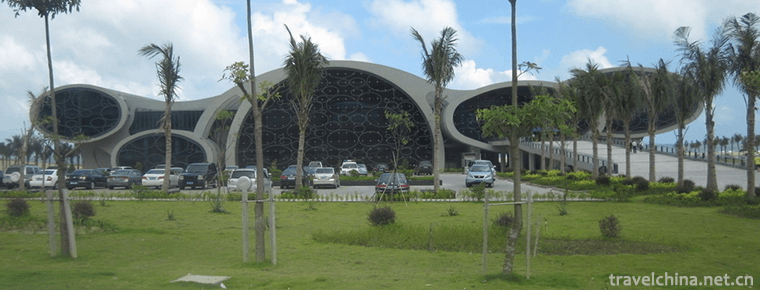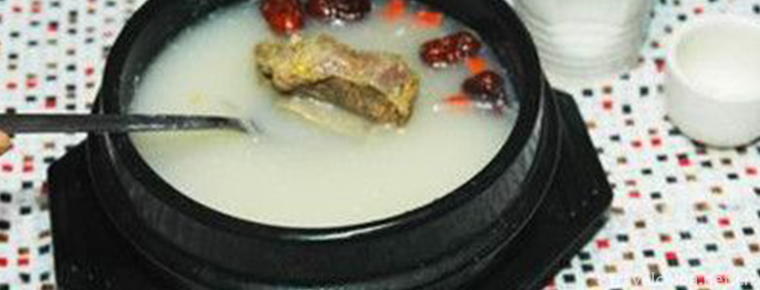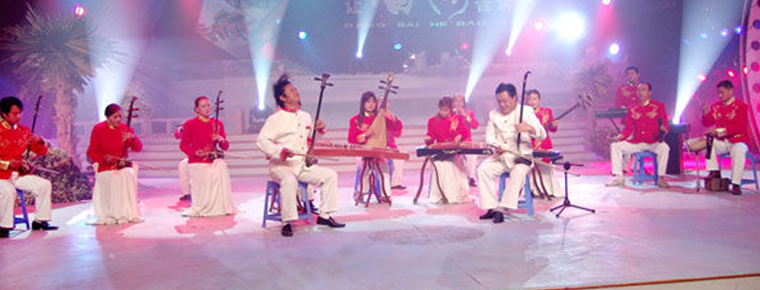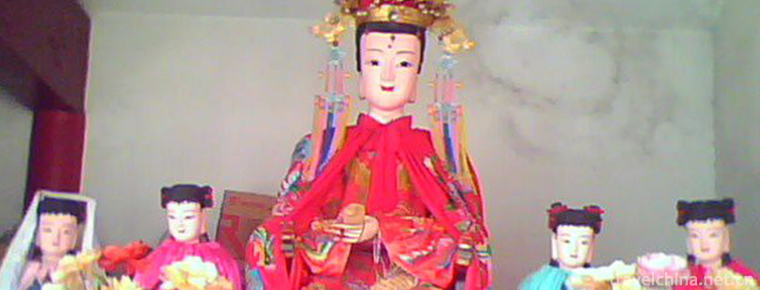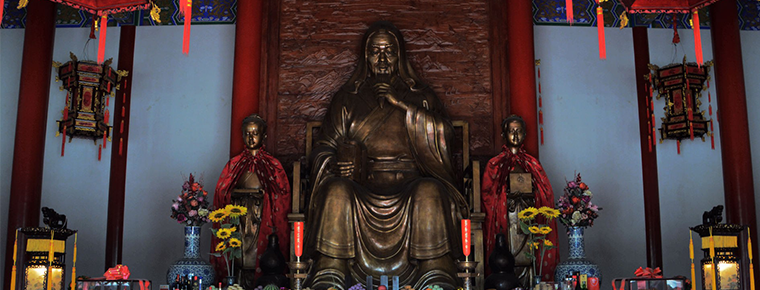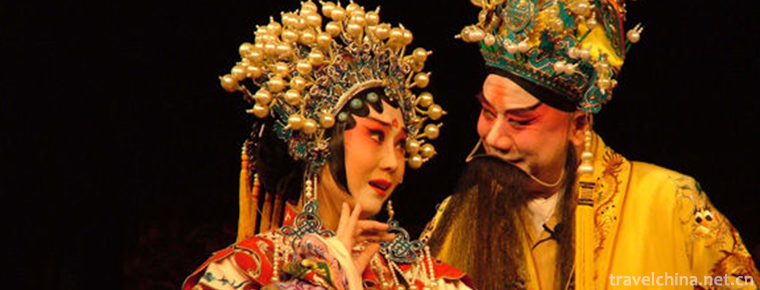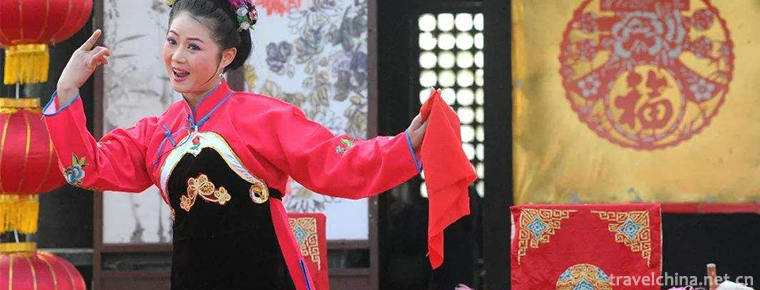Shangyang Dance
Shangyang Dance
Shangyang Dance, a traditional folk dance in Juancheng County, Shandong Province, is one of the national intangible cultural heritage.
Shangyang Dance originated in the northern part of Juancheng County and spread around Li Jinshitang Town and Old Town. It is represented by Xinggrang Village of Li Jinshitang Town. According to textual research, this dance originated in Shang and Zhou Dynasties, matured in the Spring and Autumn Period and the Warring States Period, and flourished in the Song and Ming Dynasties.
On June 7, 2008, Shangyang Dance was approved by the State Council of the People's Republic of China to be included in the second batch of national intangible cultural heritage list, the heritage number: III-49.
historical origin
"Shangyang Dance" is a kind of ancient sacrificial folk dance, which spreads around Xinggrang Village, Jiuyu Township, Juancheng County, Heze City. Juanyi in the Spring and Autumn Period was located on the Bank of the Yellow River in the contemporary era. By the Warring States Period, Juanyi was already a very prosperous city. According to "Puzhou Zhi. Historic Site", it said: "There are apricot granites in the three miles northeast of the old city." Is one of the eight scenic spots in Puzhou, "Xinggang spring red ten miles, night to listen to Gulin hit the evening bell" origin. The "Shang Yang Dance", which originated from the ancient apricot granite, continued after thousands of years.
The written record of Shang Yang Dance was first found in Confucius Jiayu. Documentation: "Qi has enough birds, flying in the Gong Dynasty, down to the front of the palace, jumping with ease of wings, Qi Hou weird. When he hired Lu to confucius, Confucius said, "This bird is called Shang Yang, and the water sample is also like this." It's raining heavily and the merchant sheep are encouraged. Now it's all there. It's time to call on the people urgently. There will be floods and heavy rains on hectares, flooding all countries and hurting the people. Only when we are ready and invincible can we build dikes and ditches.
Pu Songling in the Qing Dynasty also described the Shang Yang Dance in his "Dancing God" chapter of "Strange Tales from a Liaozhai Studio": "Women wear short skirts to make Shang Yang Dance." At the end of the Qing Dynasty, Jinan and Beijing invited witches to be God dancers, all of them succeeded in "Shangyang Dance". The primitive and simple "Shangyang Dance" adds some mystery to it because of the wizard's use in dancing to catch ghosts and gods.
In 1956, four literary and artistic workers from the Political Department of the Beijing Military Region came to Juancheng to rehearse the Shang Yang Dance with the artists who danced the Shang Yang Dance. These four artists repeatedly told the dancers that the Shang Yang Dance was an endangered ancient dance, and only the apricot granite remained in China, hoping to attract attention and be passed down from generation to generation. In the same year, Zhao Zilin, a dancing beauty worker in the county cultural hall, excavated and sorted out the Shang Yang Dance and moved it to the art stage to participate in the folk dance concert in Shandong Province.
In January 2005, the Chinese Opera Research Institute and some experts and professors from the Music Department of Shandong Normal University attended the performance of Shangyang Dance in Xinggrang. In contemporary times, Shang Yang Dance is again active among the people in Juancheng, sometimes performing simultaneously with such folk art forms as stilts, floats, early boats, dragon and lion dances.
In April 2007, Juancheng County Bureau of Culture and Sports appointed a special person to discuss with the old artists in Xinggrang, recorded the Shangyang Dance in writing and recorded the video, and made a careful register of the genealogical inheritors of the dance.
Inheritance and Protection
Inheritance value
Shang Yang Dance is a folk dance with local and folk characteristics. It is deeply rooted in rural folklore. For thousands of years, it has been an art form loved by the working people and a "local treasure" in the treasure house of Chinese traditional culture. It is a prominent manifestation of Juancheng people's traditional culture. It contains the spirit of expectation, belief, value orientation, and involves all aspects of Juancheng Festival customs. It has the special value of Anthropology and folklore research materials, and has attracted the attention of Chinese and foreign academic circles.
Heritage figures
Chen Yuying, female, the representative successor of the fifth batch of national intangible cultural heritage projects (Shangyang Dance), was declared by Juancheng County, Shandong Province.
protective measures
In 1956, after the excavation and arrangement of Zhao Zilin, an old artist, Shangyang Dance was put on the cultural stage.
In 1990, Shangyang Dance was included in the Folk Dance Chapter of the Great Dictionary of Chinese Folk Art.
In October 1995, Juancheng County Culture and Sports Bureau and Radio and Television Bureau jointly reorganized and restored Shangyang Dance, started to select and train new people, and recorded the "Shangyang Dance" CD-ROM.
In 2006, Shangyang Dance was listed in Shandong intangible cultural heritage list by the State Council of the People's Republic of China.
In August 2014, the Dance Academy of Shandong Art Academy "Research Shandong" team went to Heze Juancheng County to carry out a field research entitled "Feasibility Investigation of Shandong intangible cultural heritage dance into classroom - Take Shangyang Dance in Juancheng County as an example".
social influence
On September 14, 2018, Shang Yang Dance, which was promoted by Juancheng County, appeared as the only folk dance selected by Heze in the performance of Beijing National Theatre, demonstrating Juancheng culture and characteristics of folk dance.
On September 25, 2018, Shang Yang Dance was displayed in Heze Peasant Games and Juancheng First Peasant Games, which celebrated the "Chinese Peasant Harvest Festival".

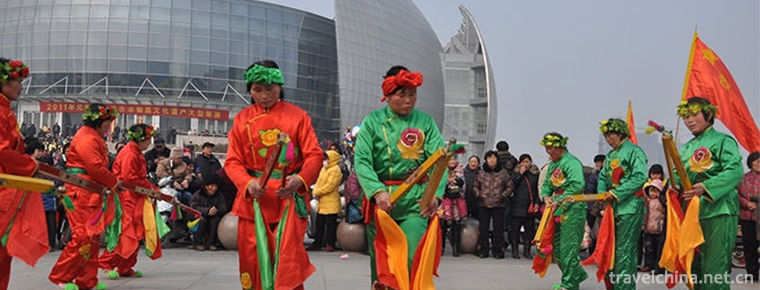
-
The Beijing Palace Museum
The Beijing Palace Museum was established on October 10, 1925, and is located in the Forbidden City of the Beijing Palace Museum. Based on the palaces of Ming and Qing dynasties.
Views: 198 Time 2018-11-24 -
Guangdong Marine Silk Road Museum
The Guangdong Marine Silk Road Museum is located on the "Shili Silver Beach" of Hailing Island Experimental Development Zone, Yangjiang City, Guangdong Province. The total construction area .
Views: 120 Time 2019-01-13 -
Eight Diagrams porridge
Bagua porridge is derived from "Chinese recipe for longevity". Its main ingredients are turtle and japonica rice. It is made by boiling with other auxiliary ingredients. It can play a health.
Views: 138 Time 2019-03-27 -
Major tune
The major tune was originally called "drum tune". Varieties of Quyiqu. It was first prevalent in Kaifeng, Henan Province, and then spread to Luoyang, Nanyang and other places..
Views: 361 Time 2019-04-23 -
Legend of Filial Women in the East China Sea
The filial woman in the East China Sea is an ancient folklore story. Her real name is Zhou Qing. It comes from Biographies of LieNu and Biographies of Yu Dingguo..
Views: 138 Time 2019-04-27 -
Hu Yiyang Legend
Hu Yiyang (about 1639-1718) is a good prime minister. He is a native of Liuting Village, Renhua Township, Moxian County (now Liuting Street, Chengyang District, Qingdao City). .
Views: 158 Time 2019-05-03 -
Kun Opera
Kunqu Opera, formerly known as "Kunshan Opera" or "Kunqu Opera" for short, is an ancient Chinese opera voice and opera, now also known as "Kunqu Opera". Kunqu Opera is on.
Views: 161 Time 2019-05-10 -
Liuqin drama
Liuqin Opera, a local traditional drama in Zaozhuang City, Shandong Province, is one of the national intangible cultural heritage..
Views: 142 Time 2019-05-14 -
Luodai Ancient Town
Luodai Ancient Town is located in Longquanyi District, Chengdu City, Sichuan Province, with a total area of more than 20000 square meters. Luodai Ancient Town is a national historical and cultural town and one of the five "Dongshan five fields" in Chengdu..
Views: 167 Time 2020-11-05 -
Neijiangs first industry
In 2019, the sown area of grain crops in Neijiang is 309600 ha, an increase of 0.3% over the previous year; the sown area of oil crops is 79900 ha, an increase of 0.4%; and the sown area of vegetables is 78100 ha, an increase of 2.3%. The total grain output .
Views: 299 Time 2020-12-16 -
Meishan local culture
Meishan culture mainly includes Dongpo culture, longevity culture, Taoism culture, Buddhist culture, bamboo culture, water culture and so on. The past Meishan Dongpo Cultural Festival, Pengzu Shouxing Festival, Qingshen bamboo weaving art festival, Danling suona Festival, etc..
Views: 317 Time 2020-12-18

